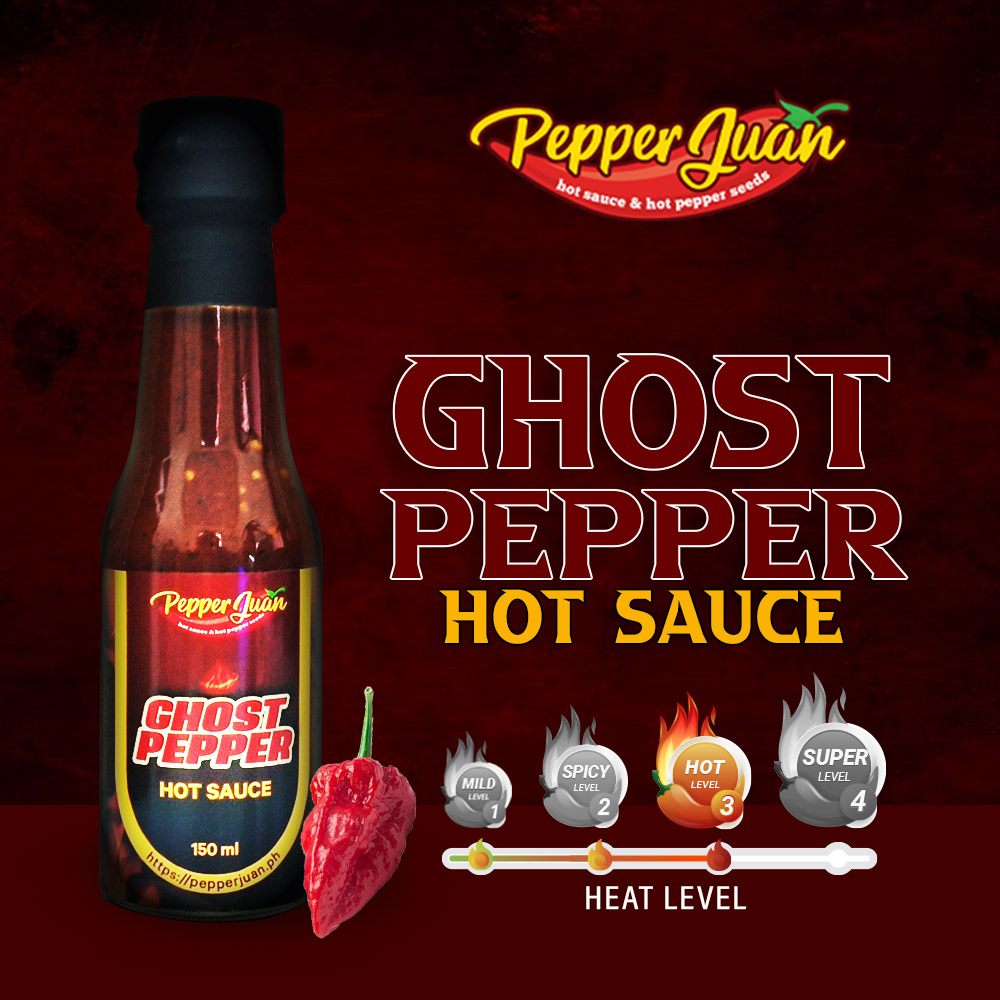The new report “Lead in Solvent-Based Industrial Paints Sold in the Philippines” launched today in time for the UN-backed International Lead Poisoning Prevention Week shows that industrial paints with high concentrations of lead are still available in the market despite the completion of the six-year phase-out period for such paints that ended on December 31, 2019.
The report provides the first publicly available data on the lead content of industrial paints in the country.
The results of the said analytical study conducted by the EcoWaste Coalition and the Sweden-based International Pollutants Elimination Network (IPEN) provide a compelling basis to strengthen compliance monitoring to the country’s lead paint ban, the groups said.
“The results of our investigation points to the importance of monitoring compliance to the national ban on lead paints,” said Thony Dizon, Chemical Safety Campaigner, EcoWaste Coalition. “As some of the extremely leaded industrial paints found were produced during the phase-out period, we urge concerned manufacturers to initiate a systematic retrieval of such paints to stop their sale and use.”
“Despite the detection of non-compliant products, our joint study with the EcoWaste Coalition reaffirmed the capability of the local paint industry to produce paints, including industrial solvent-based products, which do not pose lead-based paint hazards,” said Manny Calonzo, Adviser, IPEN Global Lead Paint Elimination Campaign. “Eliminating the use of lead compounds in the manufacture of all paint categories is indeed doable.”
For this study, a total of 68 samples of solvent-based industrial paints representing 49 paint brands from 30 manufacturers were purchased from retail stores in 15 cities in Metro Manila, as well as from online dealers and paint manufacturers. The paint samples, including automotive acrylic, enamel and lacquer paints, epoxy enamel paints and primers, anti-corrosive primers, traffic paints, floor paints, marine or anti-fouling paints, and a zinc-rich primer, were subsequently analyzed for total lead content by US-based SGS Forensic Laboratories.
Of the 68 samples of solvent-based industrial paints, 21 bright-colored paints (31 percent of paints) were found to be lead paints, or paints containing lead concentrations above the maximum regulatory limit of 90 parts per million as per the DENR A.O. 2013-24, or the Chemical Control Order for Lead and Lead Compound.
Moreover, 13 of these leaded paints contained extremely high lead concentrations above 10,000 ppm (nine of which had lead concentrations at or above 100,000 ppm). The highest lead concentration detected was 220,000 ppm in a yellow epoxy paint.
On the other hand, 47 out of 68 solvent-based industrial paints (69 percent of paints) contained lead concentrations at or below 90 ppm, suggesting that the technology to produce paint without leaded ingredients exists in the Philippines.
To address the problem of lead in paint, the EcoWaste Coalition and IPEN propose the following recommendations:
1. For the national government to review and strengthen monitoring and enforcement measures that will ensure strict compliance to the ban on lead in all paints, including conducting random product tests, issuing product recalls and public health warnings, seizing non-compliant products, and penalizing errant manufacturers and traders.
2. For paint companies that still produce lead paints to expeditiously stop the use of leaded paint ingredients in paint formulations, and for paint companies that have shifted to non-lead paint production to get their products certified through independent, third-party verification procedures to increase the customer´s ability to choose paints with no added lead.
3. For paint consumers to demand paints with no added lead from paint manufacturers and retailers, as well as full disclosure of a paint product’s content. Individual, household, institutional, commercial, and industrial consumers should ask for, consciously buy, and use lead-safe paints for all uses.
4. For public health groups, consumer organizations and other concerned entities to support the elimination of lead paint, and conduct activities to inform the public and protect children from lead exposure through lead paint, lead in dust and soil, and other sources of lead.
5. For all stakeholders to come together and unite in promoting further policies and programs that will contribute to preventing and reducing lead exposure among children and other vulnerable groups from lead paint and other sources.
The EcoWaste Coalition and IPEN have already notified the manufacturers of lead paints as determined in the said study. Seven companies have so far responded. While citing different reasons why lead was detected in their analyzed products, the companies signified their commitment to abide by the country’s lead paint regulation.





